Choose the perfect herbs to complement any dish with our easy guide.
Basil
Flavour profile: Minty and slightly peppery with a hint of sweetness
Pair with: Cheeses, tomatoes, aubergines, courgettes, stone fruits, lemons, balasamic vinegar, olive oil, strawberries, garlic, mushrooms
Use in: Basil pesto, pasta sauces, Italian salads and sandwiches, pizzas, Thai curries and stir-fries
Quick tip: Add the fresh leaves at the end of cooking for maximum flavour, tearing them gently with your hands to avoid bruising.
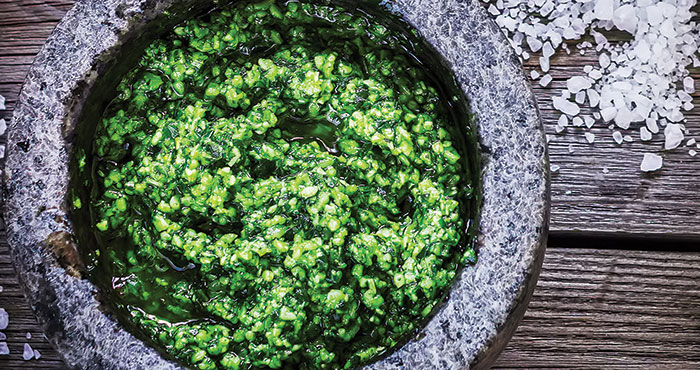
Here’s how to make your own fresh basil pesto
Bay leaves
Flavour profile: Woody, vaguely minty and pine-like
Pair with: Beef, chicken, lamb, tomatoes, cabbage, Cajun cuisine, Mediterranean dishes
Use in: Slow-cooked dishes, especially chillies, braises, curries, soups, sauces and stews; also marinades, stocks, rice dishes, pickling brines
Quick tip: Fresh bay is more difficult to find, but dried bay leaves can be found in the spice aisle of your supermarket. Always remove dried bay leaves before serving or eating your dish.
Chives
Flavour profile: Mild onion flavour
Pair with: Eggs, fish, chicken, cheeses, cream, potatoes, onions, leeks, asparagus
Use in: Cream-based sauces and dips, omelettes, quiches, risottos or as a garnish
Quick tip: Use a scissors to snip the chives instead of cutting with a knife

This chive Dutch baby makes a stunning brunch or lunch option
Coriander
Flavour profile: Bright, fresh and citrusy
Pair with: Eggs, cheeses, cream, chicken, beef, mint, potatoes, carrots, onions, leeks, ginger, garlic, chillies, lentils
Use in: Mexican dishes and sides like salsa and guacamole; Thai curries and salads, Indian chutneys, Vietnamese pho
Quick tip: Coriander is the most divisive herb, due to a specific genetic mutation that means it tastes like soap for some people. If you’re cooking for others, it’s best to double-check if they eat coriander before adding it!
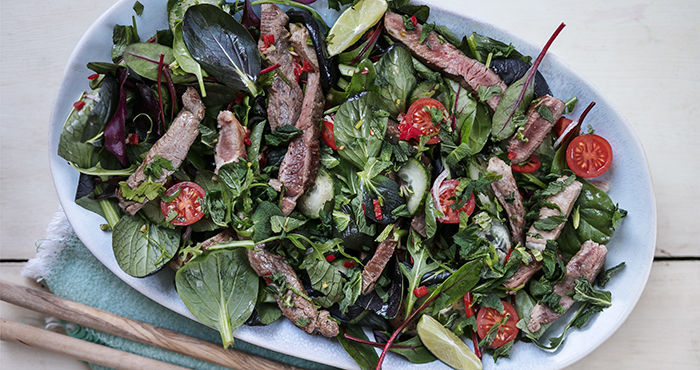
This flavoursome Thai salad combined fresh coriander and mint
Dill
Flavour profile: Mild, clean and grassy
Pair with: Fish, shellfish, chicken, cucumbers, pickled vegetables, cabbage, potatoes, beetroot, sour cream, plain yoghurt, cream cheese, butter
Use in: Creamy sauces, pickles, chicken soups, fish pies, salad dressings, omelettes, borscht, tzatziki, potato salad
Quick tip: A small amount of dill can go a long way, which is why it works so well as a garnish. Even a small sprig of dill can add a noticeable aroma to a dish.
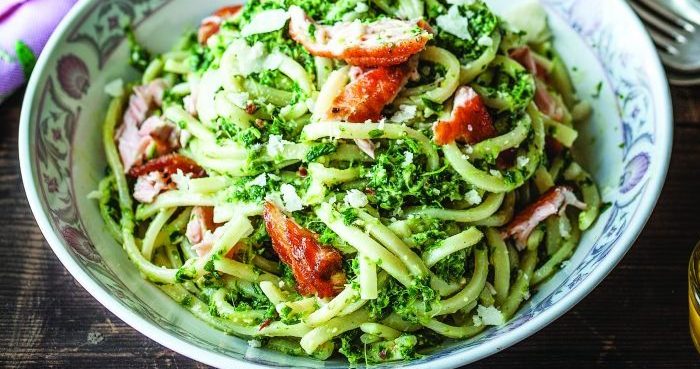
Try using dill to make a fresh pesto, ideal for fish dishes like this one!
Marjoram
Flavour profile: Grassy, lemony, slightly sweet
Pair with: Chicken, beef, carrots, peas, mushrooms, courgettes, tomatoes
Use in: Stuffings, soups, stews, risottos, brown butter, tomato sauces, vinaigrettes
Quick tip: Marjoram is also said to help alleviate stomach pain, insomnia and a lack of appetite.
Mint
Flavour profile: Cool, refreshing and sweet
Pair with: Lamb, chicken, chillies, citrus fruits, chocolate, coriander, watermelon, beans, lentils
Use in: Thai salads and curries, tabbouleh, cocktails like mojitos and mint juleps, mint sauce, fruit salads, marinades
Quick tip: Mint is good for soothing nausea and digestive issues.

This minted dark chocolate tart makes a show-stopping dessert
Oregano
Flavour profile: Pungent, peppery and slightly lemony
Pair with: Chicken, beef, lamb, fish, tomatoes, peppers, courgettes, aubergines, mushrooms, artichokes, cheeses
Use in: Tomato sauces for pizzas and pastas, pasta bakes, bread doughs, marinades, vinaigrettes, rice dishes
Quick tip: Unlike most other herbs, fresh oregano is considerably more pungent than dried, so be sure to take this into account when adding it to your dishes.
Parsley
Flavour profile: Fresh, grassy
Pair with: Chicken, ham, beef, lamb, fish, eggs, peas, potatoes, tofu, cucumbers, courgettes, cream, mustard
Use in: Classic parsley sauce, tabbouleh, sauces, salads, pasta dishes, omelettes, frittatas, quiches, stuffings, pestos, chimichurri, garnishes
Quick tip: Generally speaking, flat-leaf parsley has a stronger flavour than the curly variety.
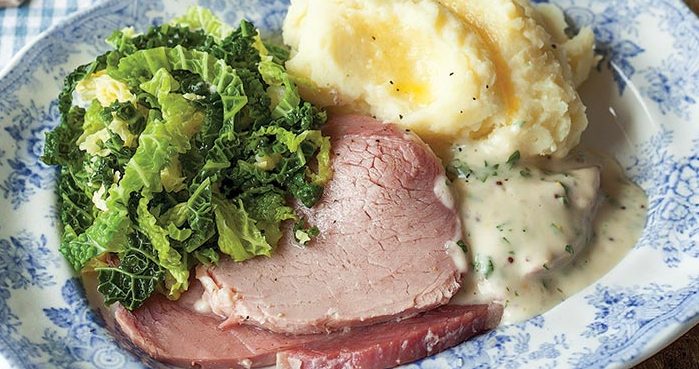
You just can’t beat a good parsley sauce.
Rosemary
Flavour profile: Woody, pungent, pine-like, faintly lemony
Pair with: Pork, lamb, beef, chicken, potatoes, tomatoes, peas
Use in: Homemade focaccia, roasted or mashed potatoes, salad dressings, infused oils, roasted vegetables, tomato sauces, roast chicken
Quick tip: The woody stems are fine for using whole sprigs to infuse flavour into soups, stews and sauces, but if you’re using chopped rosemary, then strip the needles from the stems before chopping and adding to recipes.
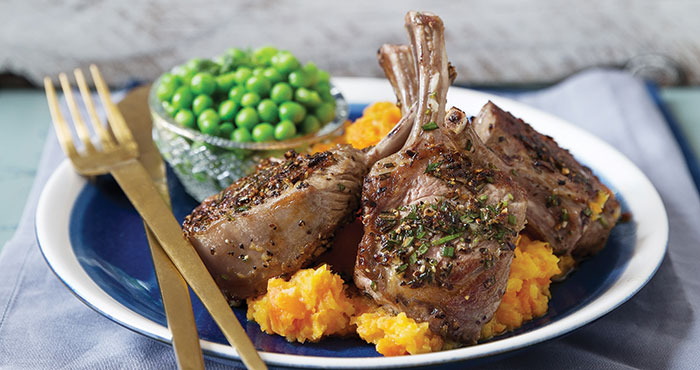
These herby lamb chops make a delicious spring dinner.
Sage
Flavour profile: Woody, slightly peppery
Pair with: Pork, sausage, cheeses, chicken, duck, cream, butter, butternut squash, Brussels sprouts, onions, beans, potatoes, root vegetables
Use in: Stuffings, creamy sauces, pasta dishes, risottos, brown butter sauces
Quick tip: Unlike more delicate herbs, sage can be added early in the cooking process.
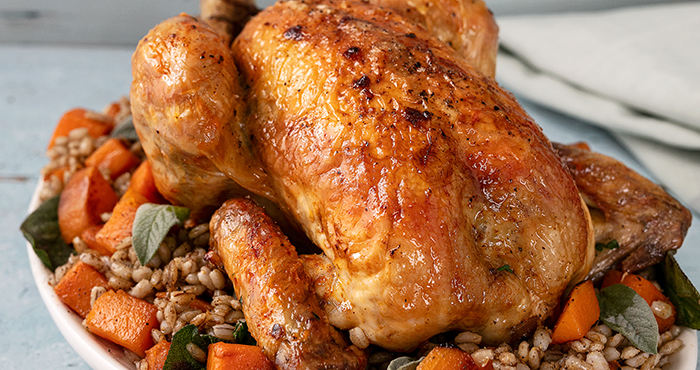
This roast chicken with squash, sage and barley is the ultimate autumn comfort food
Tarragon
Flavour profile: Peppery, aniseed, slightly sweet
Pair with: Chicken, eggs, fish, beef, lamb, artichokes, leeks, potatoes, spinach, mushrooms, root vegetables, mustard
Use in: Salad dressings, creamy sauces, classic Béarnaise sauce, roasted chicken dishes, omelettes, gazpachos
Quick tip: Plenty of fresh tarragon left over after that one recipe? Chop it up and add to an empty ice cube tray. Cover in water, cooled stock or olive oil and freeze — you can add the cubes directly to future dishes.
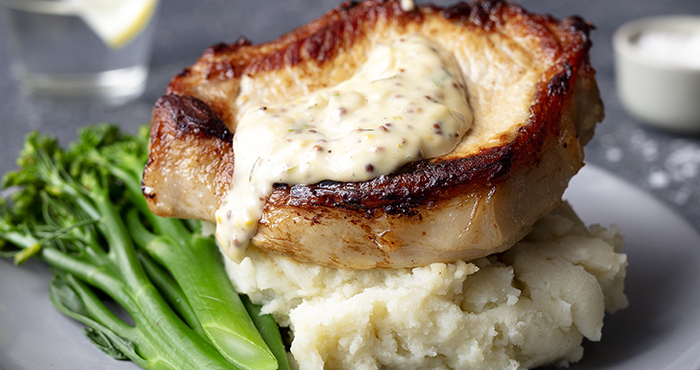
Tarragon and mustard combine in this to-die-for creamy sauce over roasted pork chops
Thyme
Flavour profile: Lemony, peppery, slightly minty
Pair with: Chicken, pork, lamb, duck, fish, potatoes, onions, garlic, leeks, butternut squash, tomatoes, carrots, lemons, mushrooms, stone fruits
Use in: Stuffings, stews, roast meats, sauces, mashed potatoes, marinades
Quick tip: Run the back of a knife along the stems (the opposite direction of growth) to remove the leaves with ease.

You’ll adore the combination of flavours in this chicken with thyme, bacon and goat’s cheese
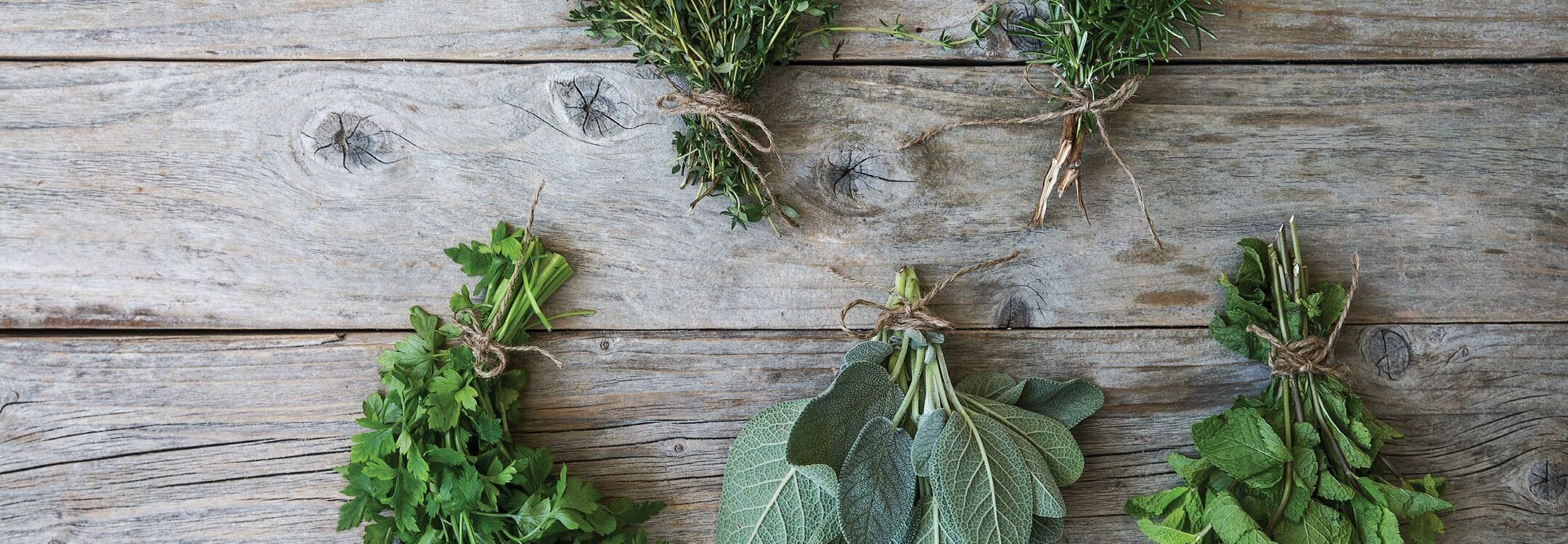
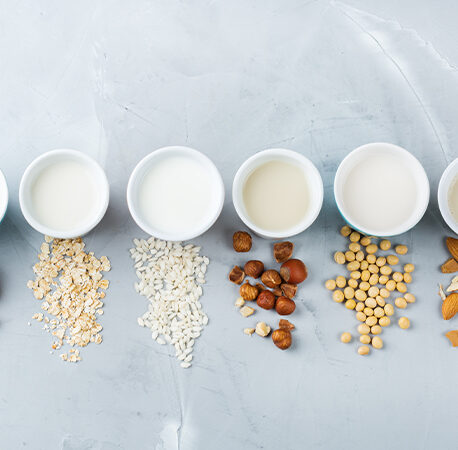
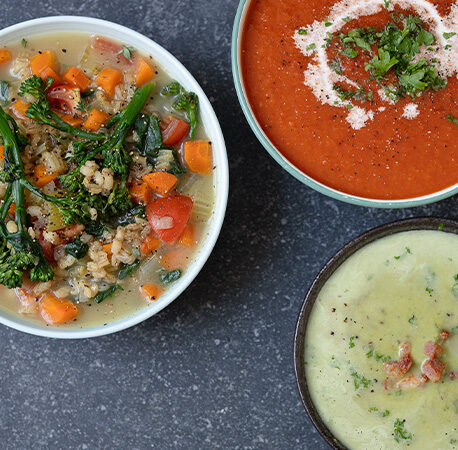

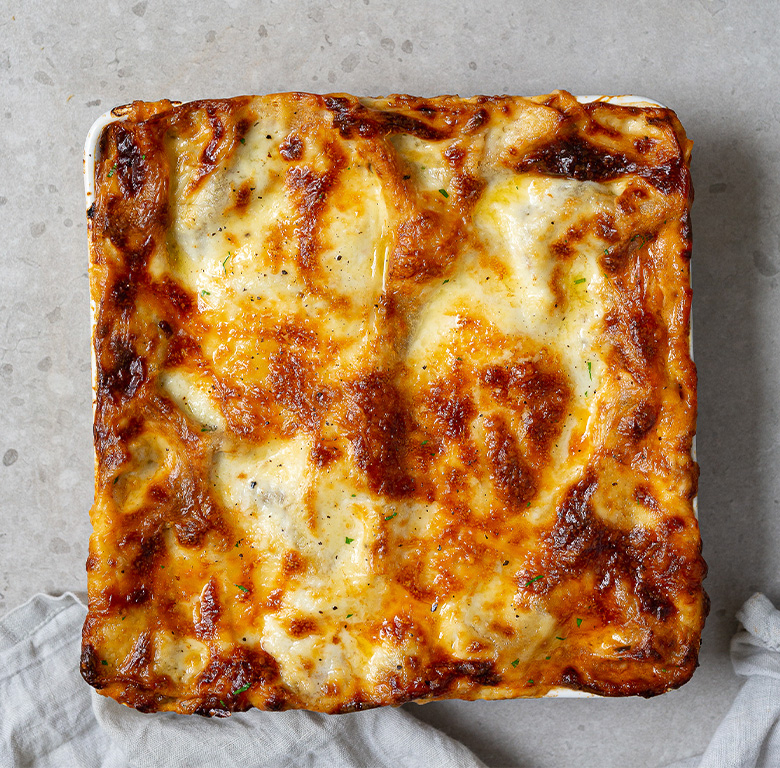

You have to be signed in to comment this post.